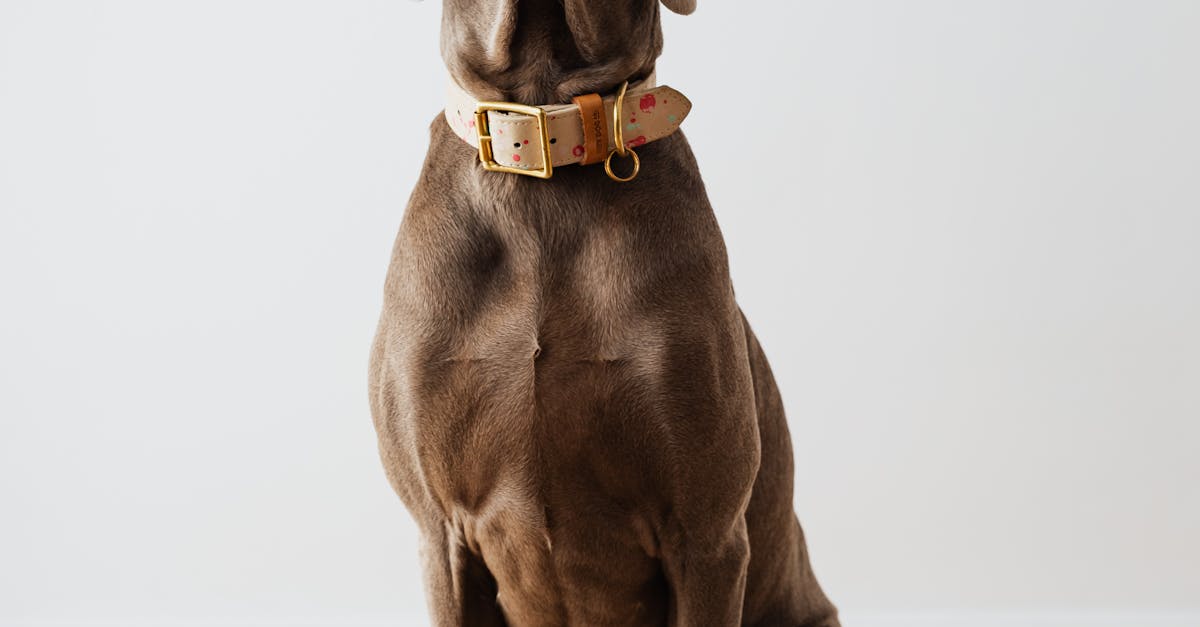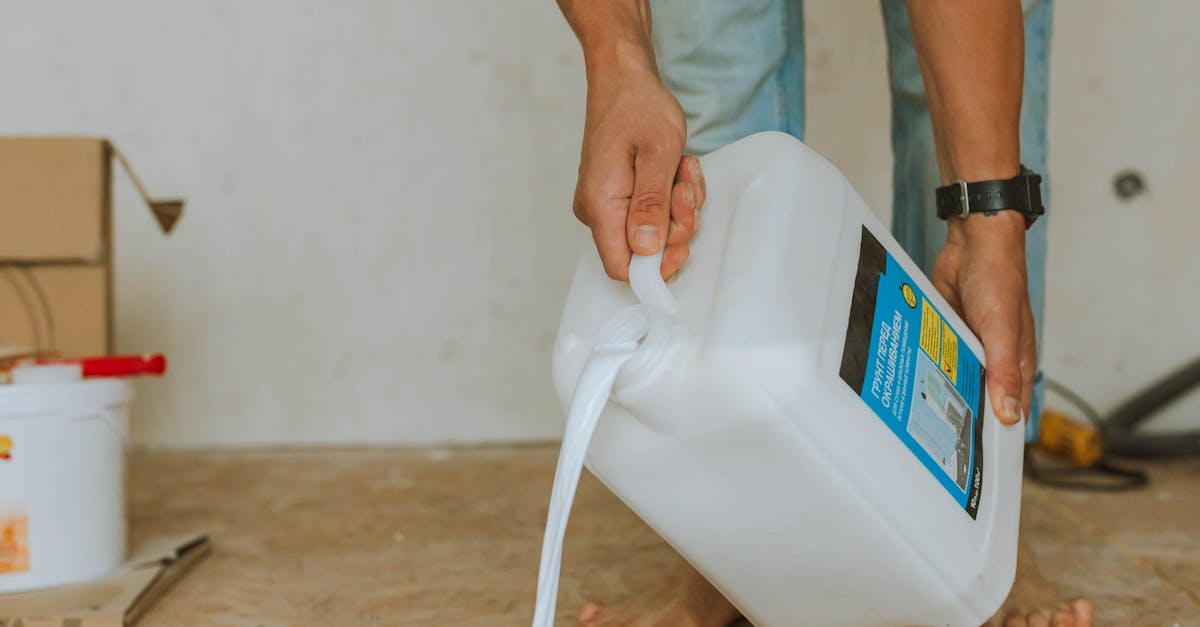
Drying and Curing Time
The drying and curing time of a stained floor is crucial to achieving the desired finish. When you undertake floor staining, understanding these phases can significantly impact the outcome. Generally, the initial drying phase can take anywhere from a few hours to a couple of days, depending on the type of stain used, humidity levels, and temperature of the environment. It is important to allow the stain to penetrate the wood effectively before applying any subsequent layers or finishes.
Curing, on the other hand, refers to the time it takes for the stain and any protective topcoat to fully harden and bond with the surface. This phase can last several days to weeks, depending on the products used. During this time, you should avoid heavy foot traffic and any furniture placement on the newly stained floor. Taking these precautions will ensure that your floor maintains its aesthetic appeal and durability for years to come.
Understanding Drying Phases
Understanding the drying phases is crucial for achieving the best results in floor staining. After applying the stain, the first phase is the evaporation of the solvent, which can take from a few hours to overnight. During this time, the surface may feel dry to the touch, but it’s important to avoid heavy foot traffic. This initial drying allows the stain to bond with the wood, enhancing color absorption for a rich finish.
The second phase involves curing, where the stain continues to harden and set. This phase can extend over several days, depending on factors such as temperature and humidity. Avoiding cleaning or placing furniture on the stained surface during this period will ensure optimal results. Properly understanding these phases not only aids in achieving a beautiful finish but also prolongs the lifespan of your newly stained floor.
Applying a Finish Coat
After allowing the stain to dry completely, applying a finish coat is the next crucial step in the floor staining process. A finish coat not only enhances the floor's appearance but also provides protection against scratches, moisture, and wear. The choice of finish can significantly affect the final look and durability of the stained floor. Options include oil-based polyurethanes, water-based finishes, and wax, each offering different levels of sheen and application ease.
When selecting a finish coat, consider factors such as the desired shine level and the foot traffic the area receives. Water-based finishes dry faster, making them convenient for quick projects, while oil-based products tend to provide a richer, deeper appearance. Following the manufacturer's instructions for application and drying time is essential. Properly finishing a stained floor ensures longevity and maintains its visual appeal for years to come.
Choosing the Best Topcoat
When selecting a topcoat for your stained indoor floor, consider the type of finish that will enhance its appearance while also providing adequate protection. Polyurethane is a popular choice, known for its durability and resistance to scratches and spills. Water-based options dry quickly and emit fewer odors during application, making them a favorable choice for indoor projects. Oil-based finishes, while offering a rich and warm tone, take longer to dry and may require more time before walking on the surface.
The sheen level of the topcoat also plays a crucial role in the overall look of your stained floor. High-gloss finishes create a striking shine, reflecting light beautifully, while satin or matte finishes provide a more subdued appearance that highlights the stain's color and texture. Test a small area with your chosen topcoat before applying it to the whole floor to ensure it complements the stain properly. A well-chosen topcoat not only enhances the aesthetics of floor staining but also adds considerable longevity to the surface.
Maintaining Your Stained Floor
Maintaining your stained floor is crucial for preserving its beauty and longevity. Regular cleaning will help prevent dirt and grime from building up, which can dull the finish over time. Use a soft broom or a microfiber mop for daily dusting. When deeper cleaning is needed, opt for a pH-neutral cleaner specifically designed for wood surfaces. Avoid harsh chemicals that may damage the stain and finish, and always follow the manufacturer's recommendations for care.
Proper humidity levels play a vital role in the maintenance of your stained floor. Too much moisture can lead to warping, while excessively dry conditions can cause the wood to crack. Aim to keep indoor humidity levels between 30% and 50%. Additionally, placing area rugs in high-traffic areas can help reduce wear and tear. Regularly moving furniture can also prevent uneven fading in your floor staining, ensuring a consistent appearance throughout its lifespan.
Tips for Longlasting Care
Regular maintenance is essential for preserving the beauty of your stained indoor floor. Frequent sweeping or vacuuming helps remove dirt and debris that can scratch the surface. For deeper cleaning, use a damp mop with a pH-balanced cleaner recommended for stained floors. Avoid harsh chemicals that can damage the finish and dull the color. Taking care of spills promptly can prevent stains from setting into the finish, ensuring your floor remains vibrant.
To extend the life of your floor staining, consider applying a protective topcoat every few years. This additional layer can shield against wear and tear, especially in high-traffic areas. Be cautious with footwear and place mats at entry points to reduce dirt and grit brought in from outside. Routine inspections for wear spots or damage enable timely repairs, preventing more extensive issues down the line and keeping your floor’s appearance fresh and inviting.
FAQS
What type of wood is best for staining indoors?
Hardwoods like oak, maple, and cherry are often recommended for staining indoors as they absorb stain well and provide a beautiful finish.
How long should I wait before applying a finish coat after staining?
It’s generally advisable to wait at least 24 hours for the stain to dry before applying a finish coat, but always check the manufacturer’s recommendations for specific products.
Can I use a regular paintbrush to apply stain?
While you can use a regular paintbrush, a foam brush or staining pad is often preferred for a more even application, especially on larger surfaces.
What should I do if my stained floor is uneven in color?
If your stained floor appears uneven, you may need to lightly sand the area and apply an additional coat of stain to even out the color.
How often should I maintain my stained floor?
Regular maintenance, including cleaning and reapplying a finish coat every few years, can help keep your stained floor looking great. It’s also important to promptly address any spills or damage to preserve the finish.

